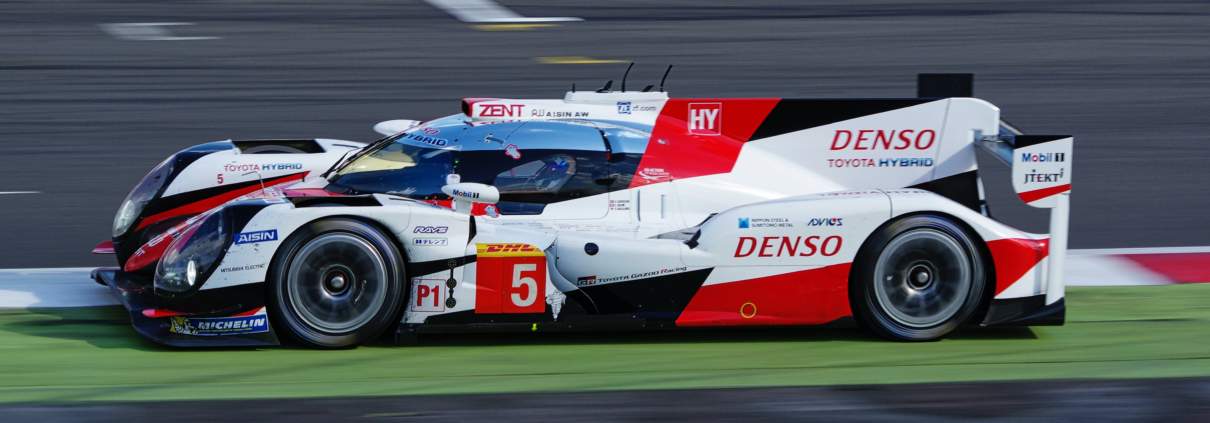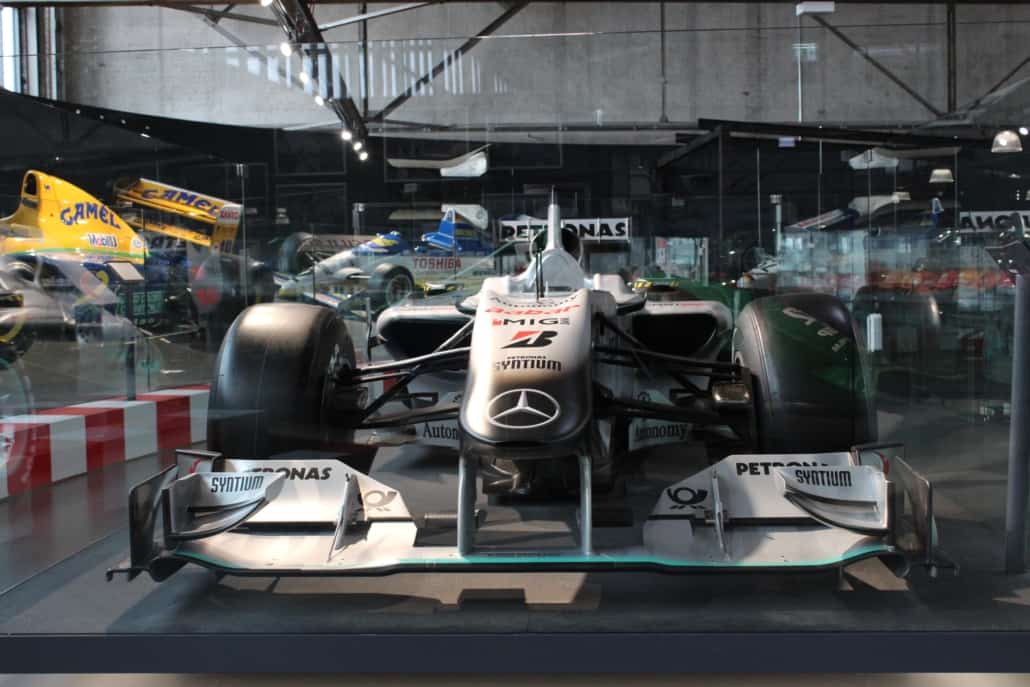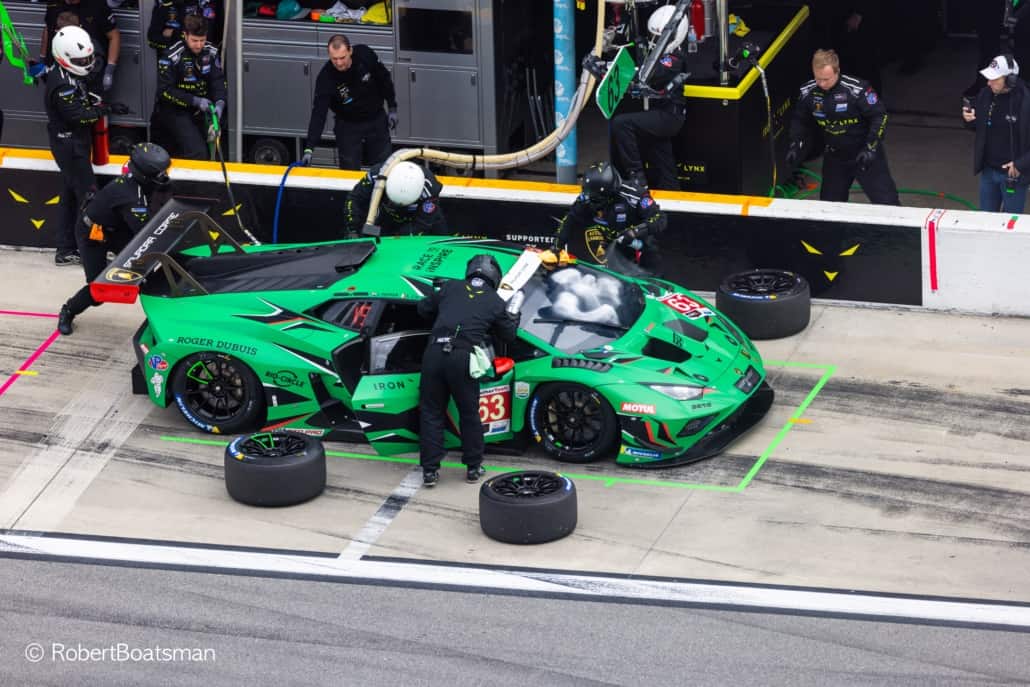|
Getting your Trinity Audio player ready...
|
Useful Analogies for Working with Complex UHNW Families
During recent discussions with colleagues, many of whom who also work with complex families, I came up with an analogy that resonated with some of them.
So of course I now want to share it here as well, if only because writing about it forces me to think through the best ways to talk about the subject.
I’ve always been a huge fan of metaphors and analogies of all kinds, even though they’re never perfect.
I’ve written about sports analogies here a number of times, including The Rules of Baseball and Family Business, Where’s the Puck – Family Wealth Hockey Analogies, and Communication in Curling and in the Family.
Formula 1 Racing Is Up Next
This week we’re venturing a bit up-market, into the lofty world of Formula 1 auto racing, because that’s the analogy I recently concocted.
It so happens that the wealthy are often referred to as “The 1 %”, but that’s a total fluke here, and I didn’t even realize the coincidence of the number 1 until I set about coming up with a headline for this post.
For those who don’t follow auto racing, Formula 1 likes to view itself as the crème de la crème of the sport, with a worldwide audience and races on several continents.
Many of the automakers own parts of the teams and use them as kind of an R & D Laboratory to test the limits of technology.
The technical automotive improvements they develop at this top level of racing cars eventually make their way downstream to the cars sold to consumers.
Over the years Mercedes, Ferrari, BMW, Nissan, Renault, Ford, Honda and Porsche have been doing this. Likewise, in the US, Toyota, Ford and Chevrolet have done similar things on the NASCAR circuit.
Family Governance Models to Follow
I recently attended the annual NYC conference of the Institute for Family Governance where some of this really hit home.
Attendees heard from members of several families about how their governance systems were put into place and how they have evolved over the generations.
We heard from families that are into their 5th, 6th, and even 7th generations, including a few that now have several hundred family owners.
None of them got to where they are today easily, and they were all supported by outside professionals over the decades.
These are rare families at the very top of the complexity pyramid, and often also from the highest echelons of wealth.
This is the “Formula 1” equivalent I’m trying to point out.
What About the Other 99%?
As someone who is involved in several professional communities who serve families, I’ve heard many people lament the fact that we typically speak about the work that gets done and discussed always seems to involve the wealthiest families. See Meta Views on Sharing with Peers and Families.
They recognize that the need for this work on family dynamics and developing the rising generation exists at all levels of wealth and even in the smallest of family businesses. I can’t argue against that.
What I always try to stress is that this ecosystem is still in its infancy, and for now, most of the ideas we are learning to integrate into these complex wealthy families are still emerging, and that the good news is what we learn here can, should, and will eventually trickle down to simpler and smaller families.
The Pit Crew Metaphor
Happily, there’s a related metaphor that I can share that will help drive my point home, and that’s the idea of the interdisciplinary pit crew that every race team has to prepare the car for each race, and also handle the periodic pit stops during the main event.
The aforementioned professionals who serve families come from a variety of fields that each have their own view of what family clients need, and when they work together, all seeing the same big picture, they can be even more effective all while being more efficient.
If you’ve ever watched any auto racing on TV, you’ve surely been impressed by what you see when a car comes in for a pit stop and a bunch of guys all jump in and change all the tires, top up the gas tank, make whatever other adjustments, and then get the car back on the racetrack in a few seconds.
Imagine professionals who work well together to serve families operating with such seamless interaction, and you can begin to see what’s possible in our ecosystem.
That’s the model we should be following.






